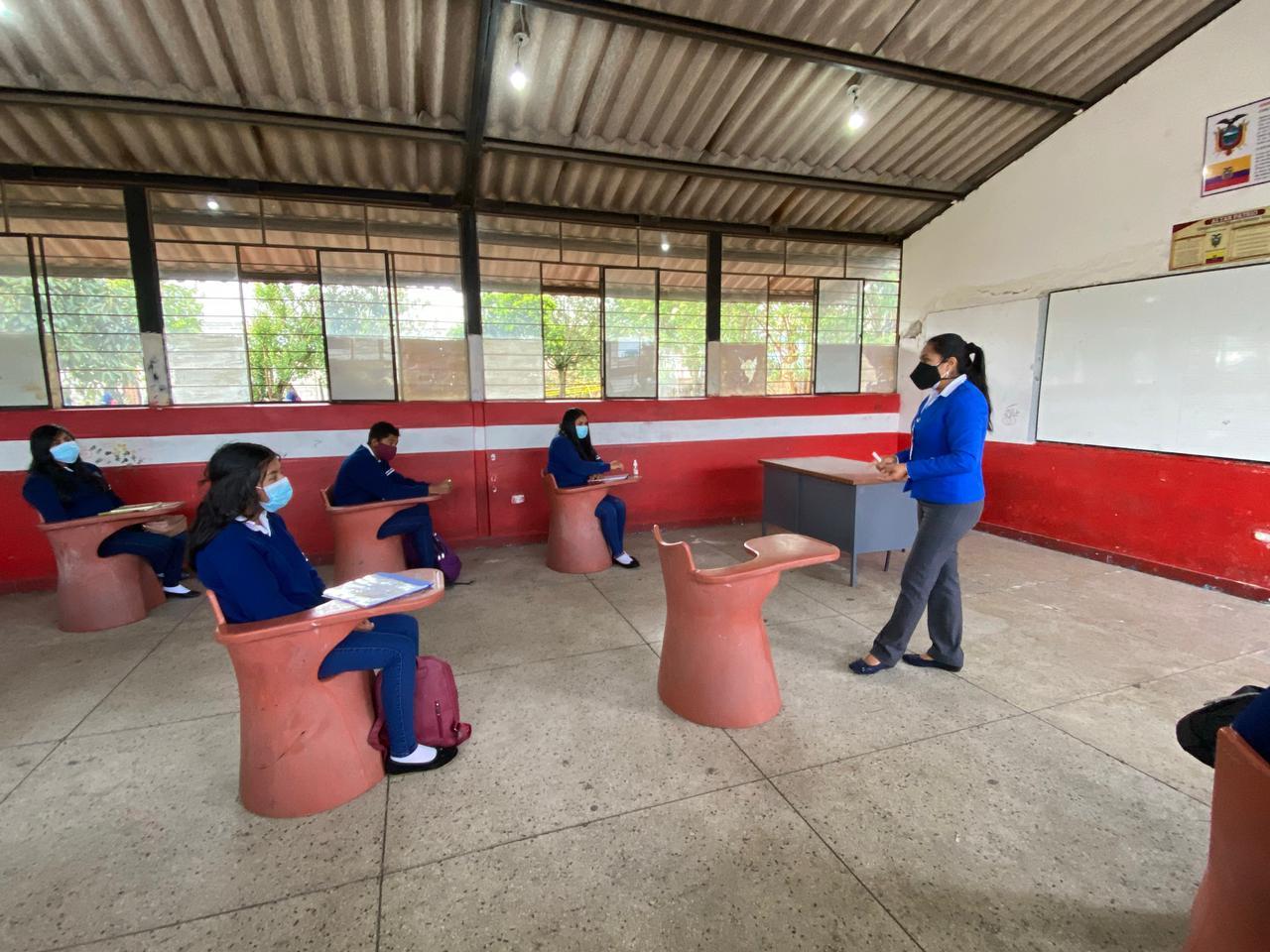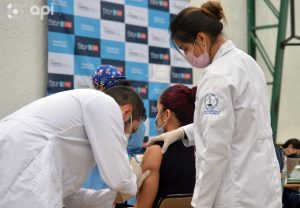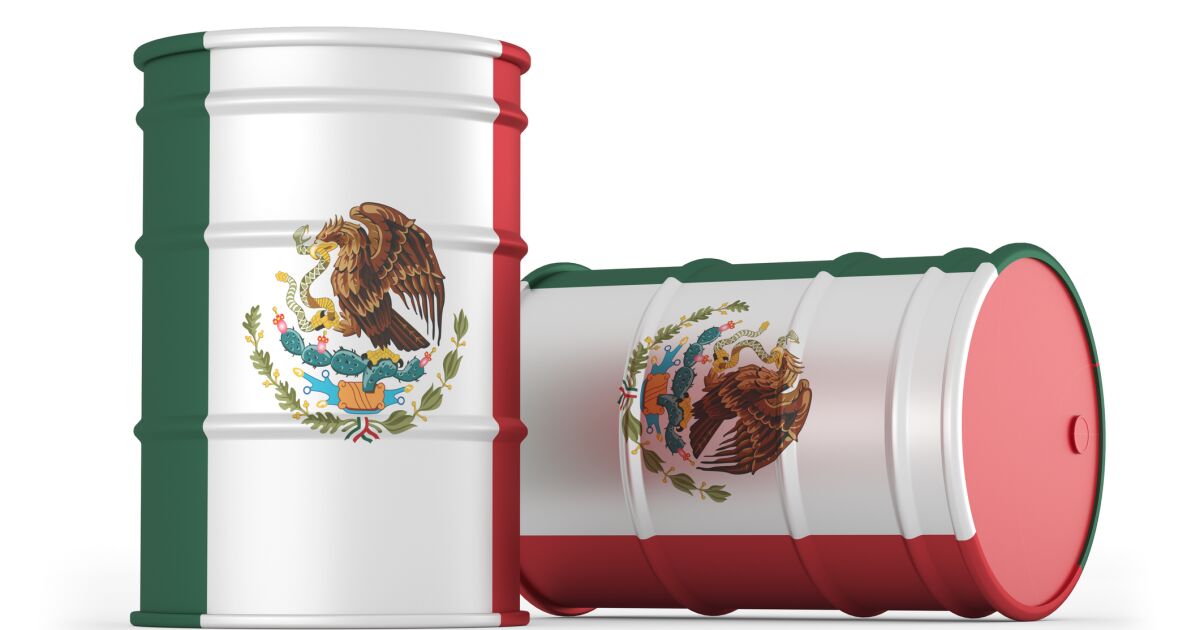It is expected to spend more than $ 1.5 billion nationally in 2021. Of that amount, 58% is related to wages and salaries.
The Government is budgeting a additional spending of more than $ 1.5 billion by 2022. That expense that only serves to keep the main services of the State (permanent obligations) will go from $ 16,006.74 million in 2021, to $ 17,564.41 during the next year.
This increase represents the equivalent of 82% of the collection what do you want to achieve with the new tax reform sent on October 28, 2021 to the Assembly.
Alberto Acosta Burneo, economist and editor of Weekly Analysis, questioned that the country has had tax reforms year after year and that the fiscal deficit (more expenses than income) does not disappear.
“Has anyone thought that the problem is not the itaxesbut the excess of spending low quality? ”, reflects Acosta.
According to Acosta Burneo, more taxes are useless if the resources go to generate well-being through bureaucrats and contractors; Little and inefficiently reaches the poor.
According to the Ministry of Economy, $ 851 million of the more than $ 1,500 million of additional expenses are related to the payment of salaries of the state bureaucracy.
A hard bone to crack
In total, the Government plans to spend $ 9,094.69 million on the remunerations of all the public servers. That amount eats 68% of the $ 13,418.48 million that are expected to be obtained from citizens and companies via taxes throughout 2022.
The main destination of this expense is the Ministry of Education. Through this dependency it is projected to pay $ 2,426.62 million to 159,768 teachers protected by the Organic Law of Intercultural Bilingual Education and 14,275 administrative servers.
In addition, 32,923 teachers under the modality of occasional contracts will be considered permanent discharge from the State, which represents, only in that case, an increase in the payroll of $ 411 million.
Second, the Ministry of Public Health needs $ 1,525.93 million to pay doctors, nurses and aides; rotating interns (students in the last year of university careers in medicine, nursing, obstetrics and nutrition); recipients of scholarships and rural service contracts
Within this value, $ 64.3 million are included to fill 3,176 vacant positions and $ 18.8 million for the creation of 930 more positions due to the application of article 25 of the Organic Law of Humanitarian Support.
Third, salaries from military and police (including promotions and other benefits) total more than $ 2.54 billion.
Acosta Burneo assured that the optimization of spending should begin precisely in those priority sectors. According to studies by multilateral organizations such as the World Bank, there is an excess of at least 15% in administrative matters; but the government does not seem to have a clear strategy to attack this problem. (JS)
More expenses, but less deficit?
If the proformas 2021 and 2022 are compared, although permanent expenses continue to increase, the Government expects to obtain more than $ 1,106 million of additional income from higher oil prices, asset sales and taxes.
In addition, the greatest adjustment will take place in the national investment plan and in public works. The budgeted amount is reduced from $ 4,011.88 million to $ 1,870.68 million. The authorities’ bet is that the State will stop doing it and be taken over by private initiative; although there is still no clear plan of how it is going to be achieved.
The addition and subtraction of all these factors will, according to the Ministry of Economy, reduce the fiscal deficit from $ 4,812.68 in 2021 to $ 3,783.49 million in 2022.
In other words, it will go from a gap of around $ 400 million each month to pay all obligations and expenses to one of $ 315 million.
Subsidies cost more than 5% of GDP
The Government expects to spend $ 5,123.17 million in subsidies. Of that total, $ 1,328 million will go to keep gasoline and diesel cheap; another $ 2,254 million in social security; and $ 1,471 million in bonds and social assistance.
All these obligations represent 5% of the Gross Domestic Product (GDP) or more than 90% of what will be collected by income tax throughout 2022.
Compared to 2021 spendinghowever, there is a reduction of just over $ 342 million. This reduction is due to the fact that, before the decision to freeze, a last increase in the price of fuels was achieved.










